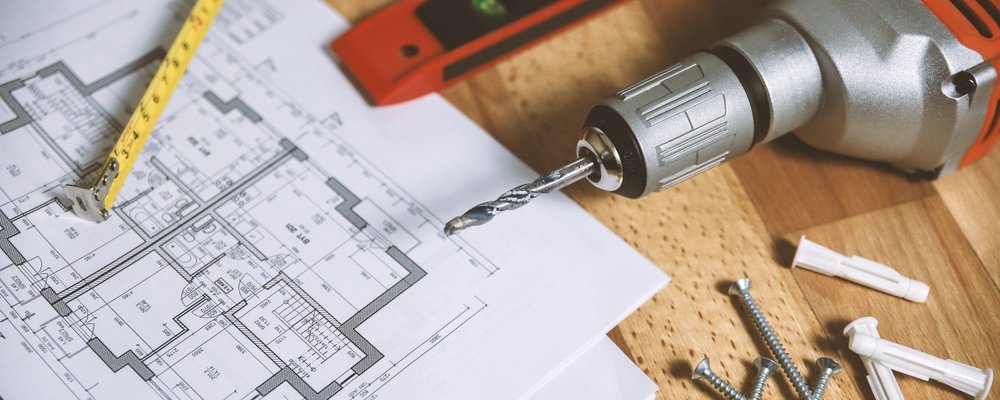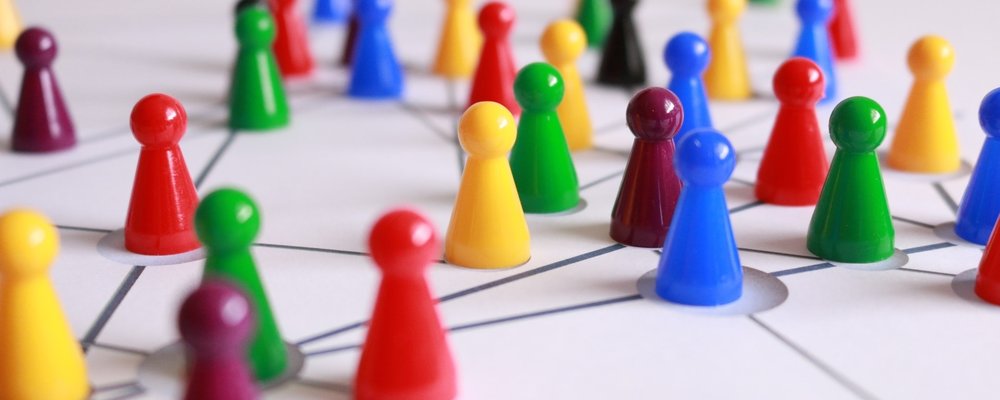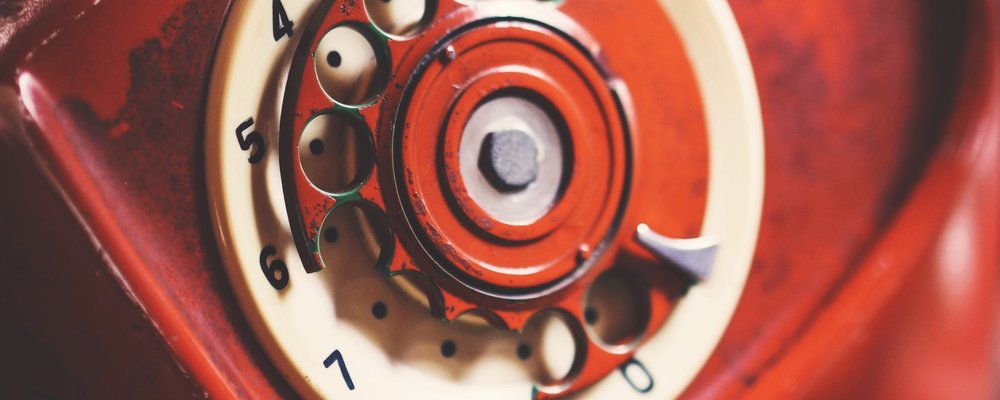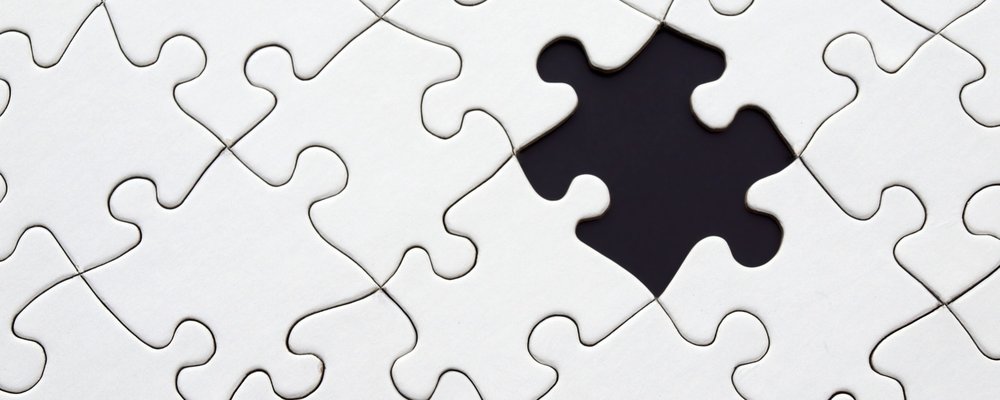Demystifying the Design & Dev Consultant
There can be a lot of questions, misunderstanding, and misconceptions about working with a Design & Dev Consultant. Find out how working with a consultant should work and what a good consultant can bring to the table.


The State of Play
Since starting Psychopomp, I’ve worked with several companies on a variety of projects. Before the conclusion of each engagement, the client has always expressed that they have been surprised and amazed at what Psychopomp has been able to do, when helping them with their projects. Every one of them has commented on how it has been money and time well spent, and they hope to work together again in the future, now that they realize the value.
However, many potential collaborators struggle to understand what a good consultant can contribute toward them hitting their goals and targets. Confusion, misunderstanding, or apprehension may surface for any of the following reasons,
1. Consultants are still relatively new in the industry and aren’t as easy to grasp as something like out-sourcing art houses or middleware companies.
2. The titles ‘Video Game Consultant’, ‘Game Design Consultant’ or ‘Game Development Consultant’ have been used to describe everything from biz dev, to concept pitch people, to mock review companies.
3. Game studios and publishers have a tradition of internally hiring everything they believe they need, related to a project. Only recently has the industry started on the path to collaborating with external partners.
4. Companies don’t know when in the production cycle they should work with a consultant.
5. Members of a project team can feel concerned or threatened by an experienced external entity that may question certain decisions or highlight problems that they are struggling with.
6. Some companies have been burned or disappointed by consultants that have charged a lot of money but, delivered very little meaningful value.
So, let’s address these points and talk about why a company should consider a design or development consultant, when they can engage, and what the collaboration should look like.

Points 1 & 2 - What?
A.K.A. “Erm, what do you actually do?”
As previously stated, there is no one definition that applies to all consultants. That may initially seem strange, but it’s simply that companies offer different services and approach bodies of work their own way. If you’ve been around the games industry long enough, you’ll notice that even the largest, oldest companies often have differing job descriptions for the same job titles, along with their own culture and process. In some ways, consultancy is the same.
Using Psychopomp as an example, while Psychopomp has a wide-range of services for its four client types (developers, publishers, IP/rights holders, and indies) its core services can be distilled into key points that can be quickly understood by potential clients.
Here they are, presented in contrast,
Summary
Be sure to develop a good understanding of what the consultant does, how they work, and what experiences have given them the skills and tools needed to perform the work. The consultant should be able to provide a clear description of these things, without ambiguity, and outline how they are different to other companies in the consultancy space.

Point 3 – Why?
A.K.A. “Sounds cool. But, we have everyone we need.”
This burden to deliver a hit and avoid financial difficulties weighs heavy on all game companies, developers and publishers alike, as does the self-imposed pressure of achieving success for a team’s own satisfaction and peer validation. There’s not a team assembled that didn’t wish it had additional time and resources toward hitting its goals. When the only parameter that can be moved is to individually put in more time each day, the results are headlines we are all too familiar with,
Crunch mentality
Talent burn out
Exit of experienced talent out of the industry
Disputes between developers and publishers over alignment, deliverable, or quality
A good consultant can help take a little of the stress off a dev or pub team by performing essential, but discreet bodies of work that either frees up members of the leadership team or enable them to make better decisions. They can also bridge the publisher and developer worlds, helping both parties to stay aligned and focused.
Tasks can include,
Continuous build review and formalized feedback
Ensuring good process and methodology is being utilized
Thinking about the items, issues, and challenges nobody else has time for (and often are forgotten about until they hit the wall)
Aligning expectation when the goalposts are unexpectedly moved
Objectively reporting on progress and quality to each company’s Executive Team for alignment
Every client that Psychopomp was worked with has also discovered additional tasks and challenges that they wanted Psychopomp to deliver for them during collaboration, as they have become more comfortable working with a consultant. The mentality being ‘Your project is our project’ for as long as the engagement lasts, and time is booked for working exclusively with one client at a time.
Summary
A good consultant can partner with a company on a wide-range of tasks, search and destroy problems, and provide objective reporting on project health and progress. They can also be an extra key team member that’s available when needed, without being a year-round overhead cost. There’s added benefit from the consultant being highly focused, as they aren’t tied up in the day-to-day distractions of meetings, presentations, reviews, people management, and other time sinks. A resource that understands that a win for the developer and a win for the publisher are the same thing.

Point 4 – When & Where?
A.K.A. “We’re not sure how to work with a consultant.”
The classic problem a consultant can face is potential clients only turning to them once every other avenue has been exhausted. The client is looking for a ‘Hail Mary pass’ that will fix everything quickly and pull the project out of the flames.
This happens because many people don’t fully appreciate that the seeds sown today don’t grow until 3-12 months down the line in game development. Many bad decisions and processes are hidden by this time lapse and the general chaos of development. A project can then appear to suddenly go from “Everything is great!” to “Everything is on fire!” overnight. Good planning, constant tracking, recognizing problems, and designing solutions can save large amounts of time and money. But, when people are overworked and overstressed, many tend to only focus on the tasks, problems, and challenges that they have immediate thoughts on or those that provide short-term relief.
There is no ‘correct time’ to work with a design & development consultant. They can be utilized at any stage of production to provide an external objective assessment, while also making meaningful contributions. Engagement doesn’t need to be continuous. A cadence of monthly or major sprint/milestone check-ins can create the right amount of distance to the project to be able to evaluate this progress and growth.
Some examples for what a good design & development consultant can do throughout the project life cycle are,
Validation of concept
Pitch assessment
Assessing time vs. scope vs. resources
Ensuring good process and methodology is used
Continuous build review and formalized feedback
Tracking and reporting progress for sprints and/or milestones
Evaluating player onboarding/training, communications, and other feedback systems
Helping with plans for GaaS delivery
Engagement with the consultant is entirely based upon company and project needs. The consultant should be able to work both remotely and from inside the studio for periods of time. The schedule, points-of-contact, level of team engagement, and degree of confidentiality being entirely up to the client.
Psychopomp has often started with short trial periods, with built-in frequent touch points for new clients. This allows both parties to feel each other out and determine the details of the working relationship, without being anchored to long-term commitments. Clients will often ask if they can extend the engagement as they begin to discover more of what Psychopomp can do for their project.
Summary
A good consultant can be engaged at any point in development and is as useful when things are going well as they are when things aren’t. They should be flexible and work with the client to ensure that the collaboration provides the maximum value, with minimal distraction.

Point 5 – Whooah!
A.K.A. “We don’t really have any problems over here!!!”
While some potential clients are very open and transparent about their projects, others become instantly wary when introduced to a design & development consultant. It’s understandable that people in project leadership positions may feel threatened or undermined by an external entity that is analyzing and evaluating the work of the team they lead. Especially if there is a feeling that the project isn’t quite on track or fulfilling its potential.
However, working with the right consultant is an additive experience and benefit. It provides extra muscle on demand to support the existing talent. There should be an immediate understanding that the consultant is outside of company politics and isn’t gunning for someone else’s job. Everything they do is in partnership with the existing leadership team and that they share the same goals. Should there be a difference of opinion on an issue, decision, or solution, the client always has the final say and the consultant should then be focused on delivering.
Psychopomp’s aim is always to be considered a collaborator and partner. An egoless extension of the team itself. Gaining and maintaining the trust and respect of the team(s) involved is always the highest goal. This is often done by solving pain points for the team or in providing additional benefits that are outside of any contract agreement. Over delivering being the secret to happy clients.
Summary
A good consultant should be nothing to fear. Instead, they should be coveted as they provide the client with feedback and solutions to development challenges and highlight areas of potential or problems that the team may not even know they had.
When working with a consultant, beware anyone looking to take control of the ship and start steering it down their own path. This should be immediate cause for concern, unless that is the explicit terms of the engagement.

Point 6 – Whatever!
A.K.A. “We’ve tried this before.”
Sometimes things just don’t work out. Perhaps a design or development consultant was engaged in the past and either didn’t provide results or failed to make a meaningful contribution to the project. Maybe they demanded a lot of money for what they eventually delivered.
We don’t stop with internal hiring should an employee not work out, and the same standard can be applied to external companies. It’s always worth exploring why the consultation period didn’t work. A good place to start is by asking some simple questions,
Was the consultant skilled and experienced in the work that they undertook?
Were the goals of the collaboration well defined and understood by all parties?
Did the requirements dramatically change during the engagement?
Was there a strong definition as to what success looked like?
Were both parties really in a position to succeed?
Psychopomp starts any engagement by working to deeply understand the needs of the client and the project before any work is undertaken. A key part of the initial contact phase is formally encapsulating what is believed to be the client’s ‘ask’ and having them confirm it reflects their needs. All the details and parameters are agreed to before moving to contract. However, that is not to say that the boundaries of the collaboration are written in stone – work adjustments, modifications, or changes in priority are all understood to be a part of the organic nature of development. All things are possible, providing they match the timebox of the engagement.
Summary
Any good consultant should be able to demonstrate expertise in the type(s) of work being undertaken and be willing to get their hands dirty whenever necessary. Throwing random solutions over the fence for someone else to struggle with is not providing results to the client. If someone promises an ‘end to all problems’ and the moon-on-a-stick, run away as fast as possible.

Wrap Up
A good design & development consultant can be a real help to game development projects of all shapes and sizes. The trick is in identifying the right consultant and matching it to the company and project needs.
A quick checklist for this being,
Can the consultant clearly explain what they do?
How can they take pressure of the project leadership team and make meaningful contribution?
What tangible deliverables can they provide to the project and team?
Are there challenges that they can help with now? Or in the future?
What have you got to lose from a short trial engagement?
I hope that readers have found this article to be interesting and enjoyable. Most of all, I hope it has provided insight into what the right design & development consultant can do for your team and project.
Psychopomp is always open to talking with potential clients and discovering ways in which to help them to hit their goals and targets.
Mike Ellis
Game Design & Development Consultant
Psychopomp Game Dev LLC
https://www.psychopompgamedev.com/
About the Author(s)
You May Also Like














